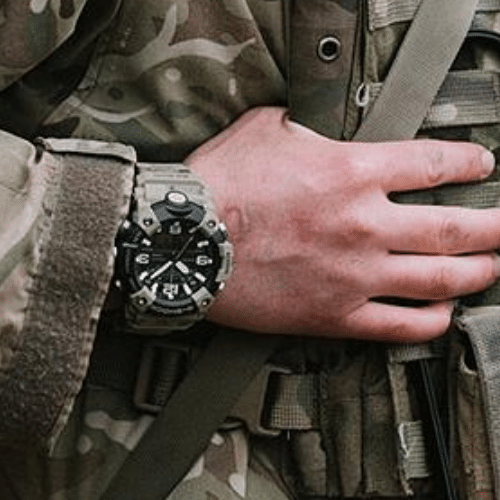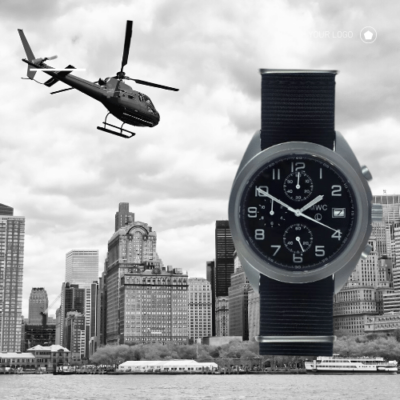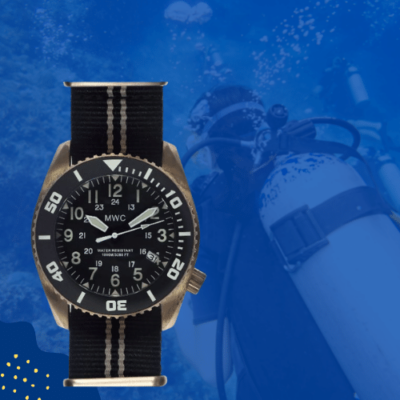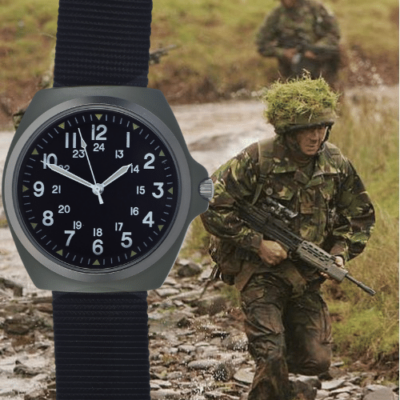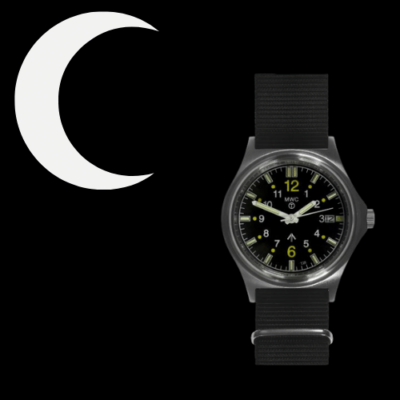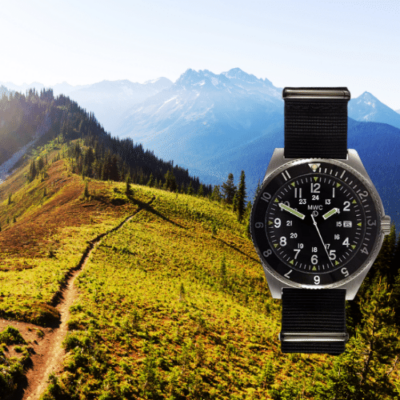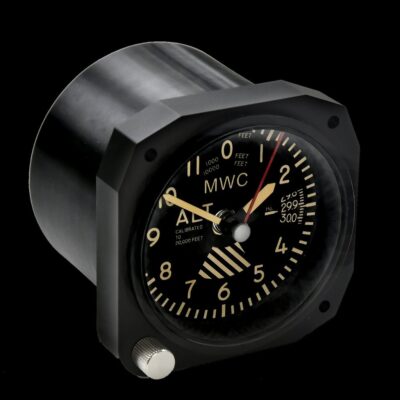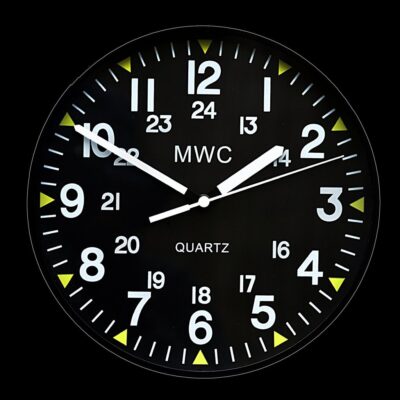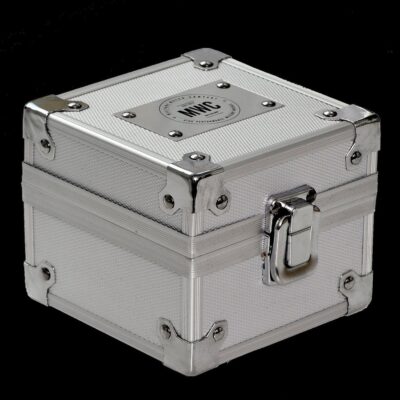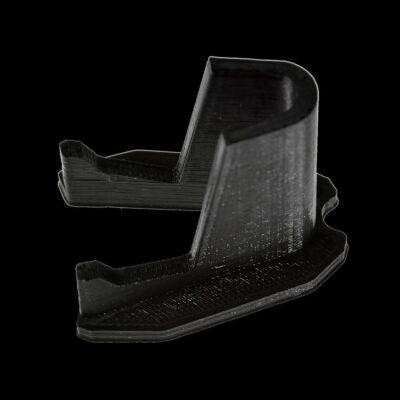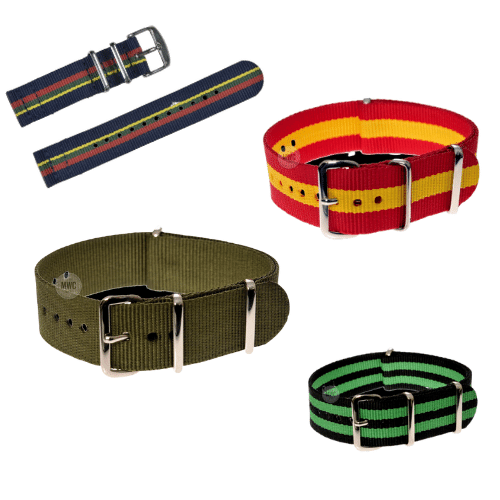News
Germany Unveils New PzH 2000 A4 Mobile Artillery System After Predecessor’s Failure in Ukraine
Germany has unveiled a new variant of the Panzerhaubitze 2000 (PzH 2000) 155mm tracked self-propelled howitzer at the KNDS Deutschland facility in Munich, thethe PzH 2000 A4, has the country has made investments not seen in decades in modernising its ground forces. The new variant’s primary improvements are its greater digitisation, and superior network integration and electronic systems, with Defence Minister Boris Pistorius particularly highlighting its new digital backbone and improved fire controls. An updated power and cooling architecture has also been integrated, and was designed with a split between the generator and thermal management systems, improving energy efficiency and facilitating further expansion of electronics. A surge in defence spending across Europe has led Germany to seek to play a leading role in modernising its neighbours’ equipment inventories, including by marketing new variants of the PzH 2000.
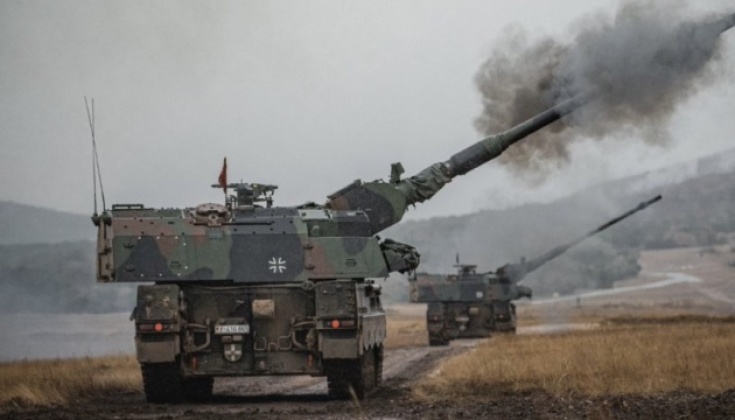
Despite significant public relations efforts which have promoted the PzH 2000 since its service entry in 1998, the system faced widespread criticism after its first high intensity combat tests when operated by the Ukrainain Army in 2022. German media outlet Der Spiegel reported just a month after the first deliveries to Ukraine that the howitzers were showing significant signs of “wear and tear,” and breaking down rapidly, forcing the Ukrainian Army to rely more on its artillery acquired from other sources, in particular the much more dependable M777 howitzers provided by the United States. Only Italian artillery proved to be significantly less reliable than that supplied by Germany. A further issue with the Panzerhaubitze 2000 has been its poor compatibility with ammunition from other NATO member states despite a strong emphasis in the alliance on interoperability, which was an issue common to a number of German weapons systems. The system’s underperformance was far from isolated, with German-supplied Leopard 2A6 main battle tanks similarly performing far more poorly than Western sources had projected, and quickly taking extreme losses.

On paper the capabilities of the PzH 2000 remain far from world leading, particularly when compared to the South Korean K9, which in Europe has been ordered by Poland, Finland, Estonia, Norway, Turkey and Romania, as well as the Chinese PLZ-05 and SH16. The much lower cost of these rival more widely produced East Asian systems has further diminished the competitiveness of the German mobile gun. Artillery systems are expected to continue to receive high levels of investment due to the particularly central roles they have played in the Russian-Ukrainian War, with North Korean 170mm guns used by Russian Army and Korean People’s Army units having been particularly singled out in Ukrainian assessments for their very long ranges and high precision. The United States has sought to compensate for Ukraine’s much more limited artillery stockpiles by supplying Excalibur precision guided shells, which were seen to have the potential to serve as force multipliers, although effective use of electronic warfare by Russian forces to jam their guidance has significantly limited their utility.

